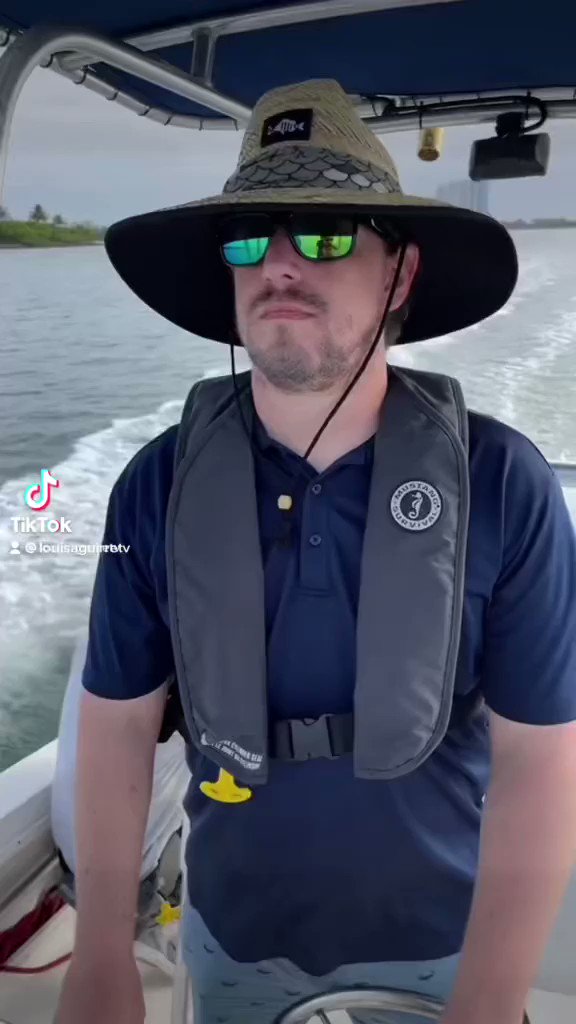Indian Ocean humpback dolphins are coastal cetaceans that are distributed throughout the inshore waters of the western Indian Ocean, including the west coast of Madagascar.
They typically occur less than 3km from shore and in water less than 25m deep, and are therefore highly exposed to anthropogenic threats, including chemical and noise pollution, incidental mortality in fishing nets, and habitat destruction.
Species
Indian Ocean humpback dolphin (Sousa plumbea)
Partners
Rhodes University, Institut Halieutique et des Sciences Marines (Université de Tulear), African Aquatic Conservation Fund

This species is currently declining throughout its range in the western Indian Ocean and has been listed as Endangered on the IUCN Red List of Threatened Species.
Assessing the ecology and threats to endangered Indian Ocean humpback dolphins in the waters of Nosy Be Island, Madagascar
Over the last five years, fishermen and dolphin-watching operators have noticed a possible decline of this species in the coastal waters of Nosy Be . Possible drivers of their decline could include bycatch in coastal gillnets, disturbance from unregulated dolphin watching activities, habitat degradation and prey depletion due to overfishing. In 2019, we initiated a research and conservation program using 1- small-boat surveys to assess the distribution, habitat preferences, and demographic parameters of humpback dolphins and 2- interview survey data to assess perceived trends in population distribution and abundance inferred from ocean users, primarily local fishermen, dolphin watching tour operators.
Anthropogenic impacts (gillnet fishing effort, maritime traffic) are also assessed using a combination of boat-based (presence of charter boats, fishing, etc.) and interview surveys, particularly to identify preferred gillnet fishing grounds, tourism usages, and other impacts.























